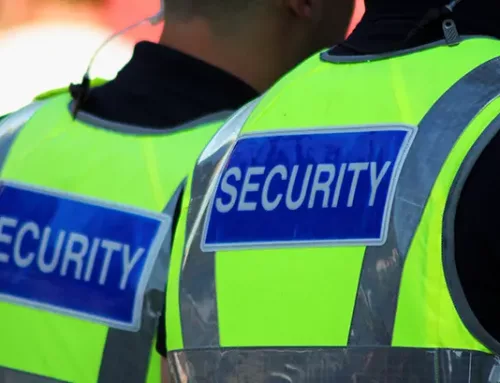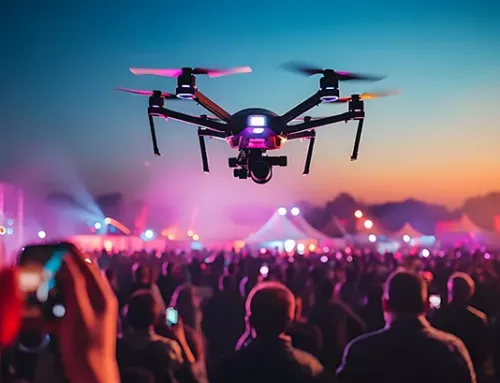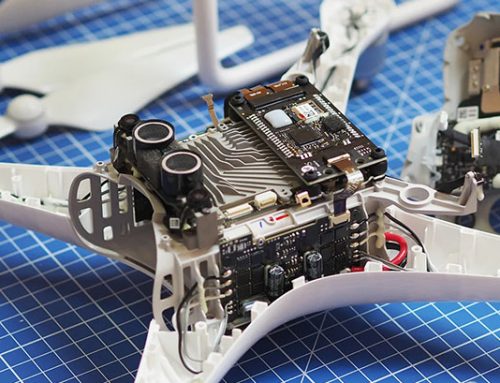This is a follow-up to the previous article from January 2024 – The process of encrypting DJI DroneID has commenced
In a world full of diverse threats, more so now than perhaps ever, individuals, organisations, and governments must remain vigilant, agile and responsive. As a very small voice in the UK, I have tried to raise my concerns a number of times, particularly when certain technology continues to be invested in and used without mitigations or safeguards in place. It’s imperative that those charged with safety and protection stop ignoring and start listening to these small voices. Each voice represents a perspective that could hold crucial insights into identifying and addressing potential risks before they escalate. Only by embracing the collective wisdom of all stakeholders can we truly fortify our defences against these emerging and current threats.

Aerial Defence Ltd was proud to have been asked to collaborate and peer review this document by Edgesource Corporation on the Security Risks associated with the newly launched DJI Aeroscope upgrade module.
If you would like to know more about this specific article, or delve deeper into discussions on emerging CUAS threats and their implications, I’m more than willing to engage further. By fostering open dialogue and sharing knowledge, we can better equip ourselves to navigate the complexities of our rapidly changing world. So please, don’t hesitate to reach out. Together, we can work towards building a safer and more resilient future.
Please follow this link to download the whitepaper – Security Risks of the Aeroscope Upgrade Module
Hardware Decryption Dongle
The hardware decryption dongle is available in two form factors to suit both the portable and static Aeroscope variants.
The hardware itself is essentially a USB passthrough hub which includes the actual USB decryption dongle containing the key.
Below are external and internal images of the portable Aeroscope dongle variant.
Impact on the CUAS Industry
The Aeroscope update dongle serves as a mechanism for DJI to assert authority over Aeroscope and potentially discourage third-party manufacturers from exploiting their proprietary DroneID – the very purpose for which Aeroscope was created. As a result, Aeroscope units (whether portable or static) that are not updated will be unable to detect upcoming DJI drones, preventing unauthorised use of the DroneID protocol. Moreover, attempts by alternative tools relying on reverse-engineering methods may be rendered ineffective, thereby thwarting certain manufacturers of CUAS equipment from detecting Aeroscope frames of certain current and “future devices from DJI.”
If you are involved in UK Law Enforcement or Counter-Uncrewed Aircraft Systems (CUAS) and wish to gain further insights into DJI’s recent development, please feel free to contact Aerial Defence Ltd at enquiries@aerial-defence.com. We possess extensive expertise in both the operational and technical aspects of the Aeroscope system at the hardware level, dating back to its inception in 2017.












Leave A Comment